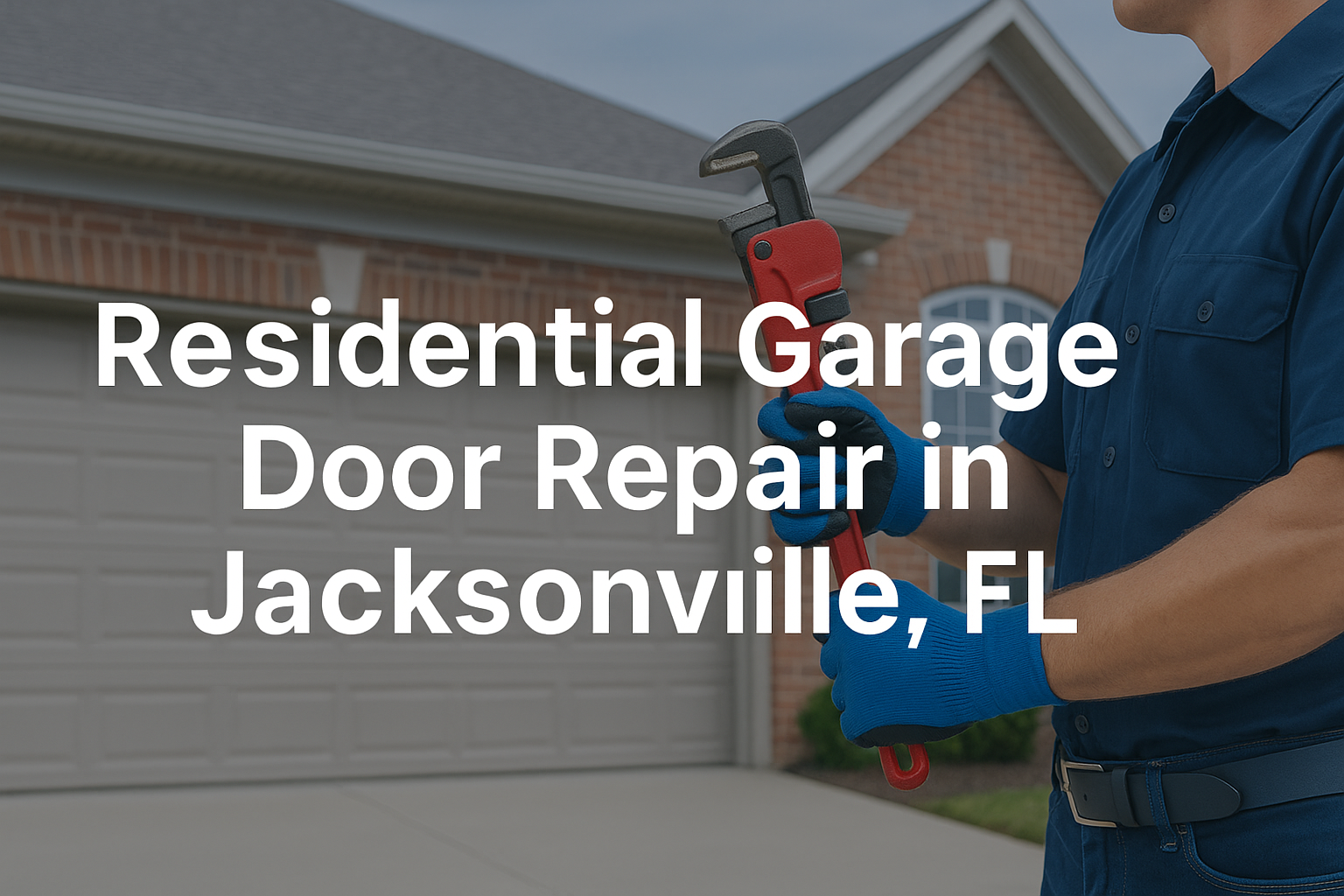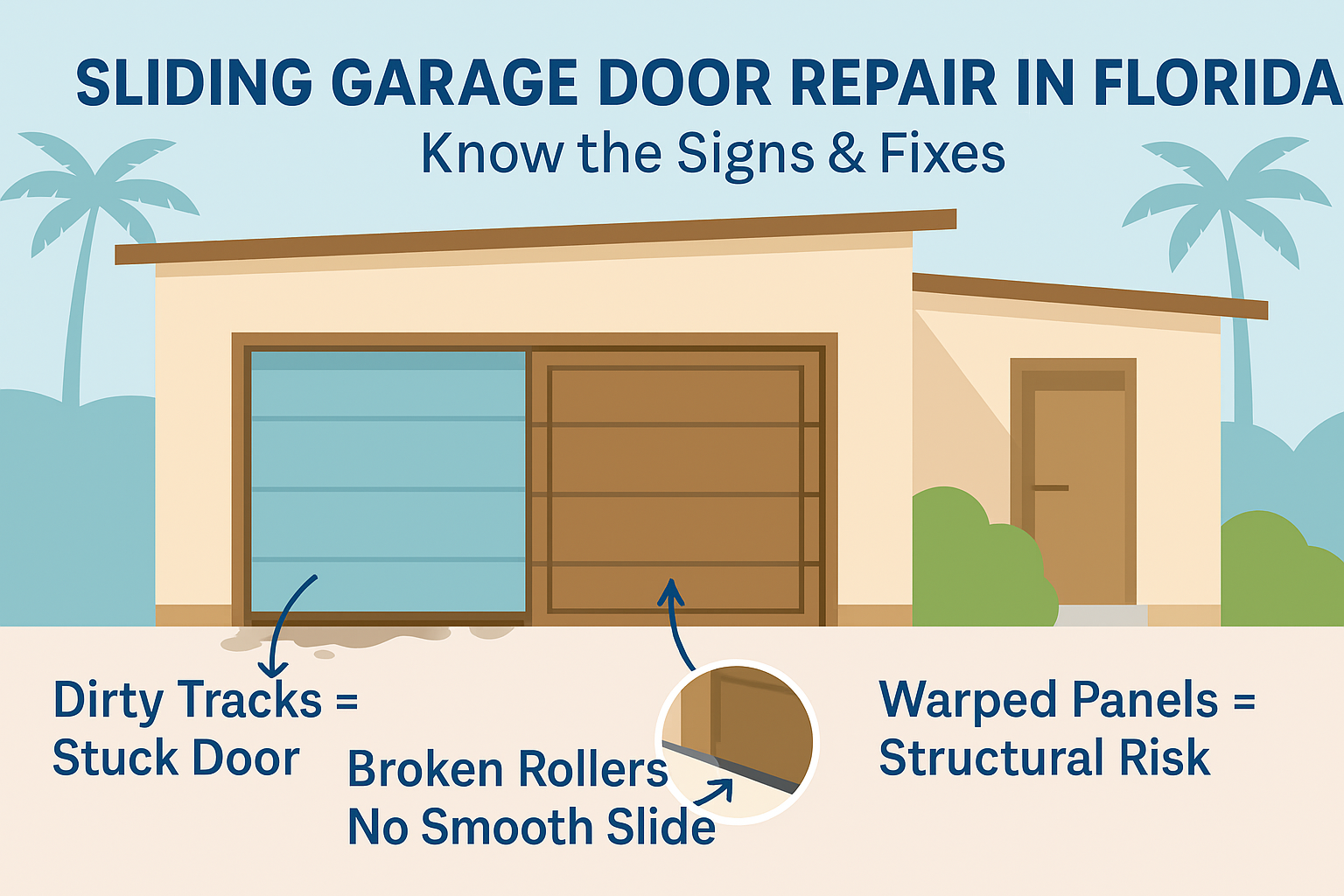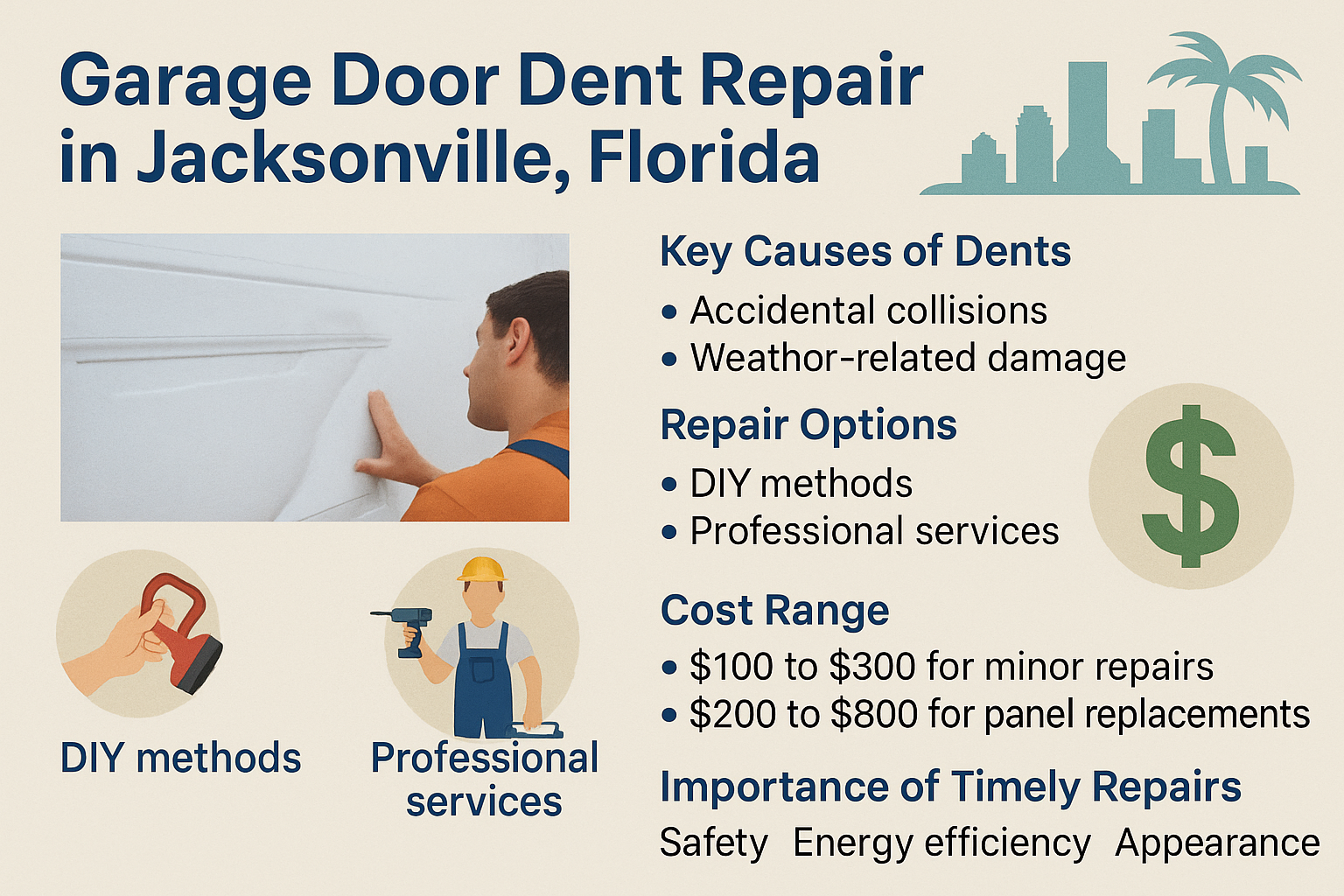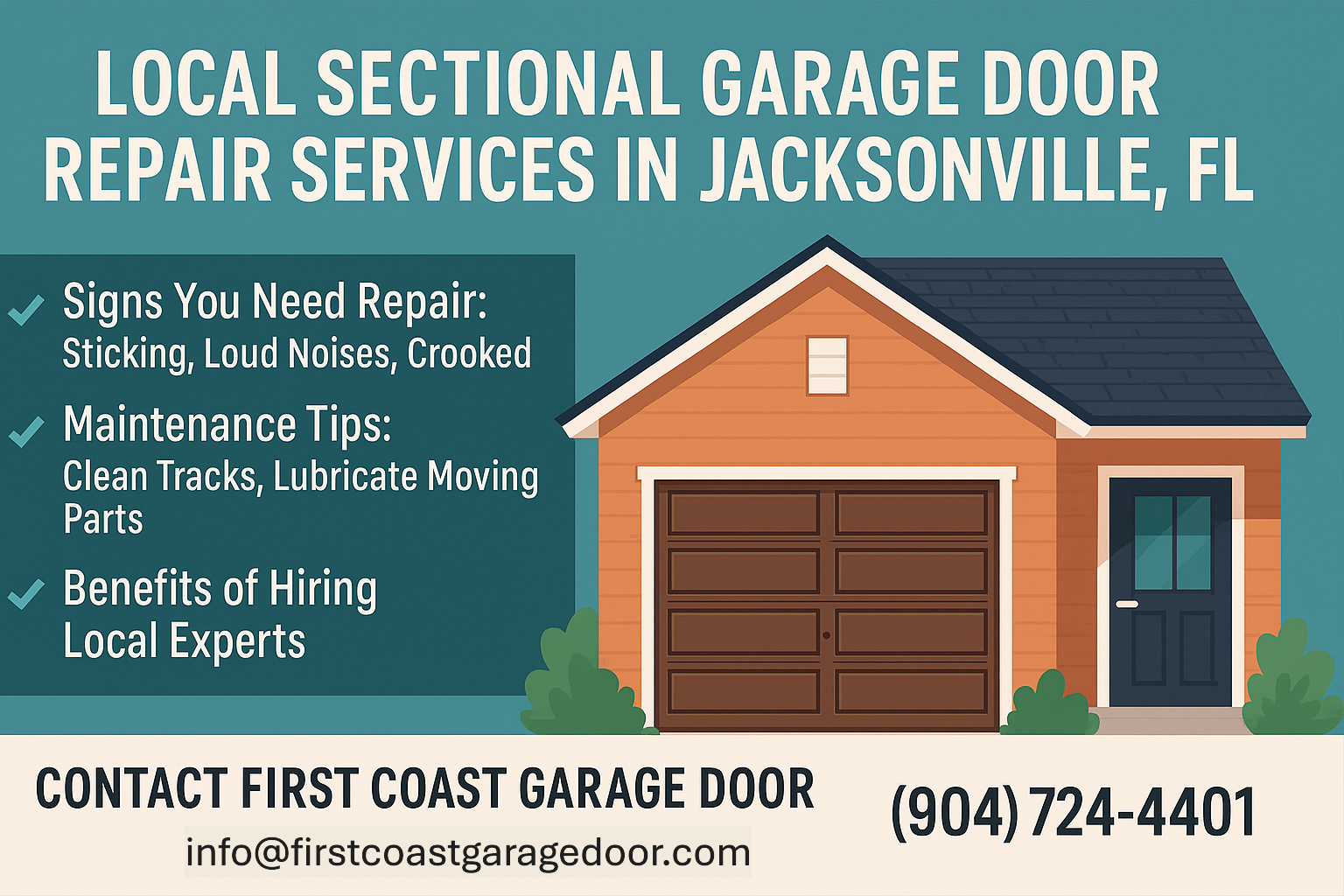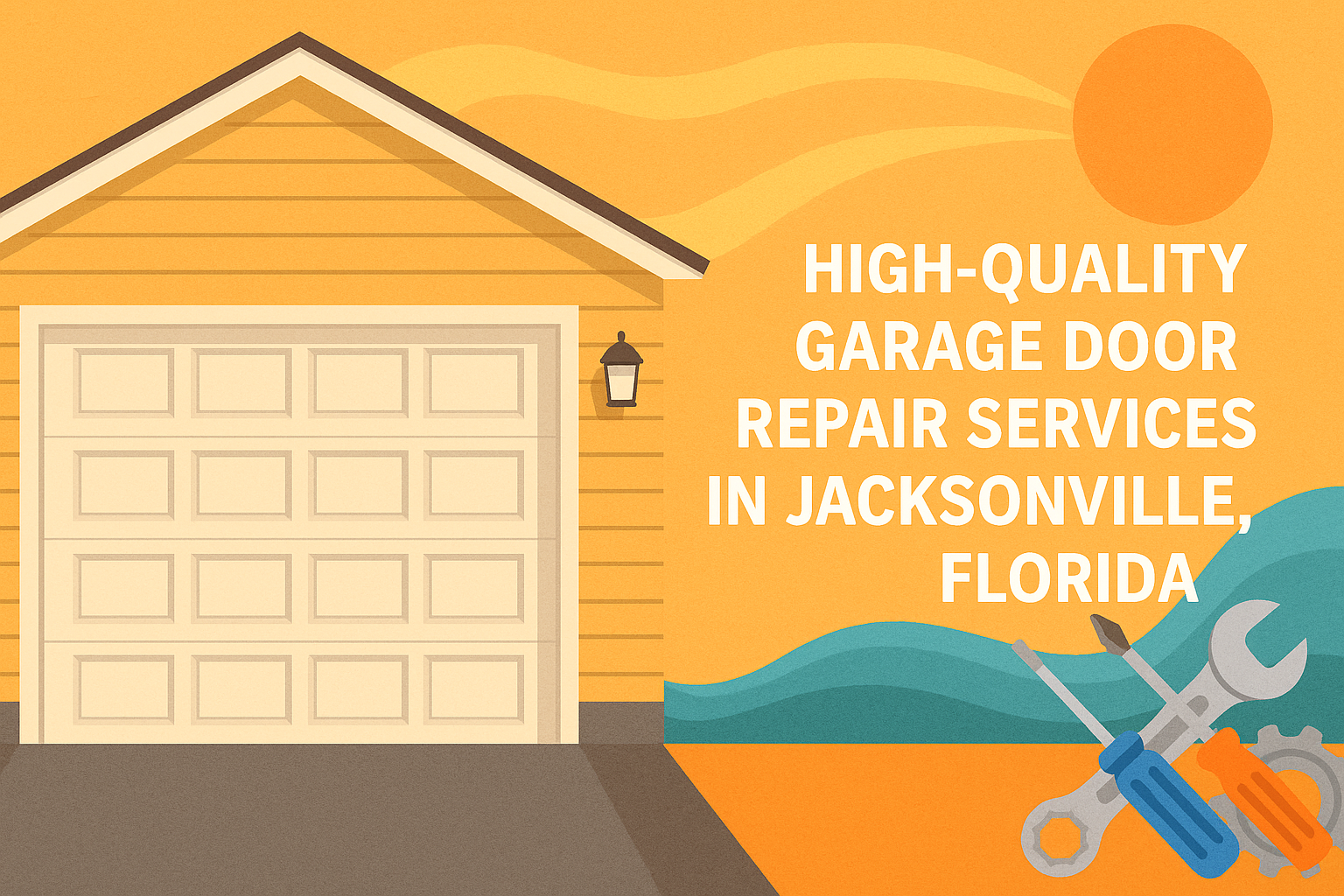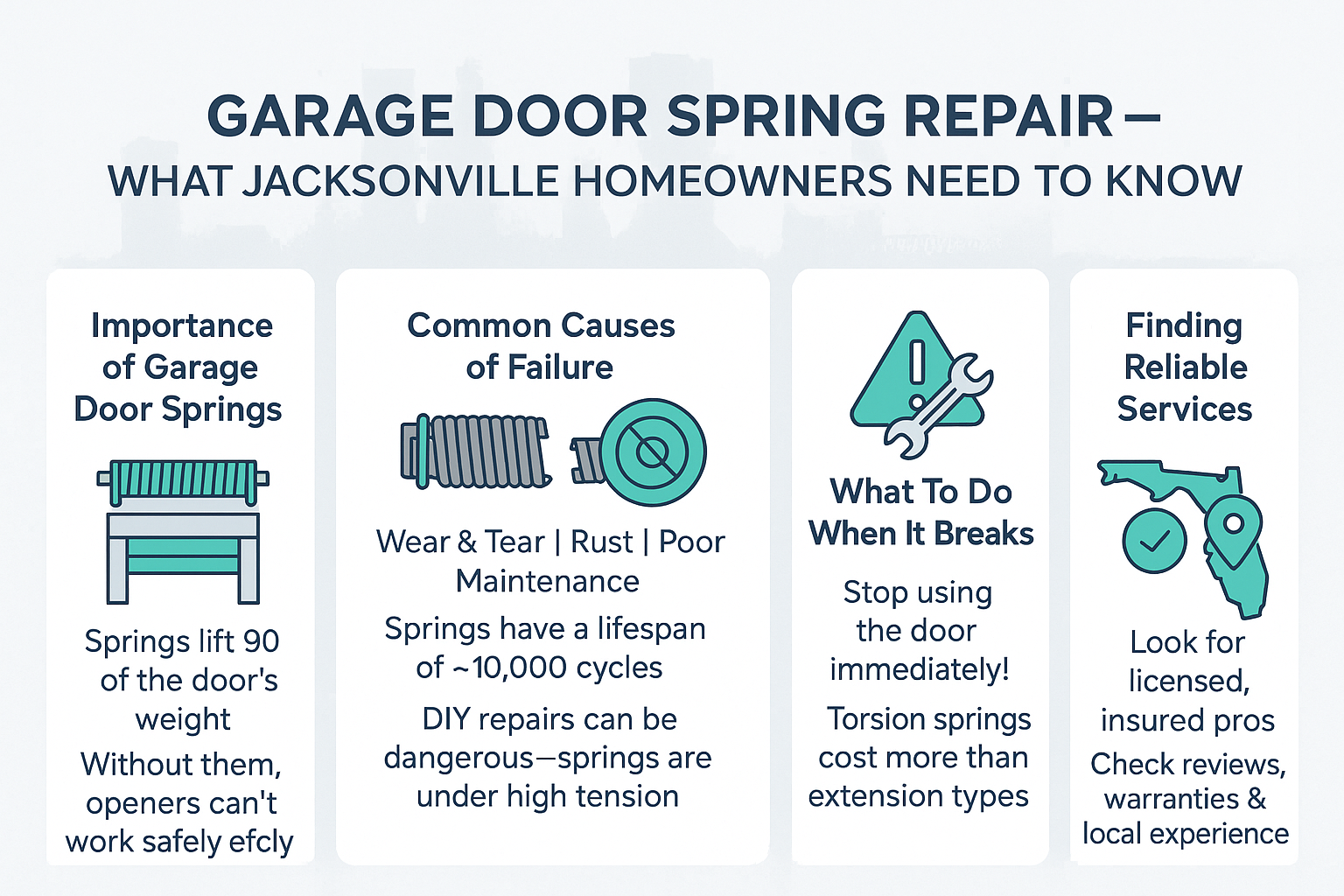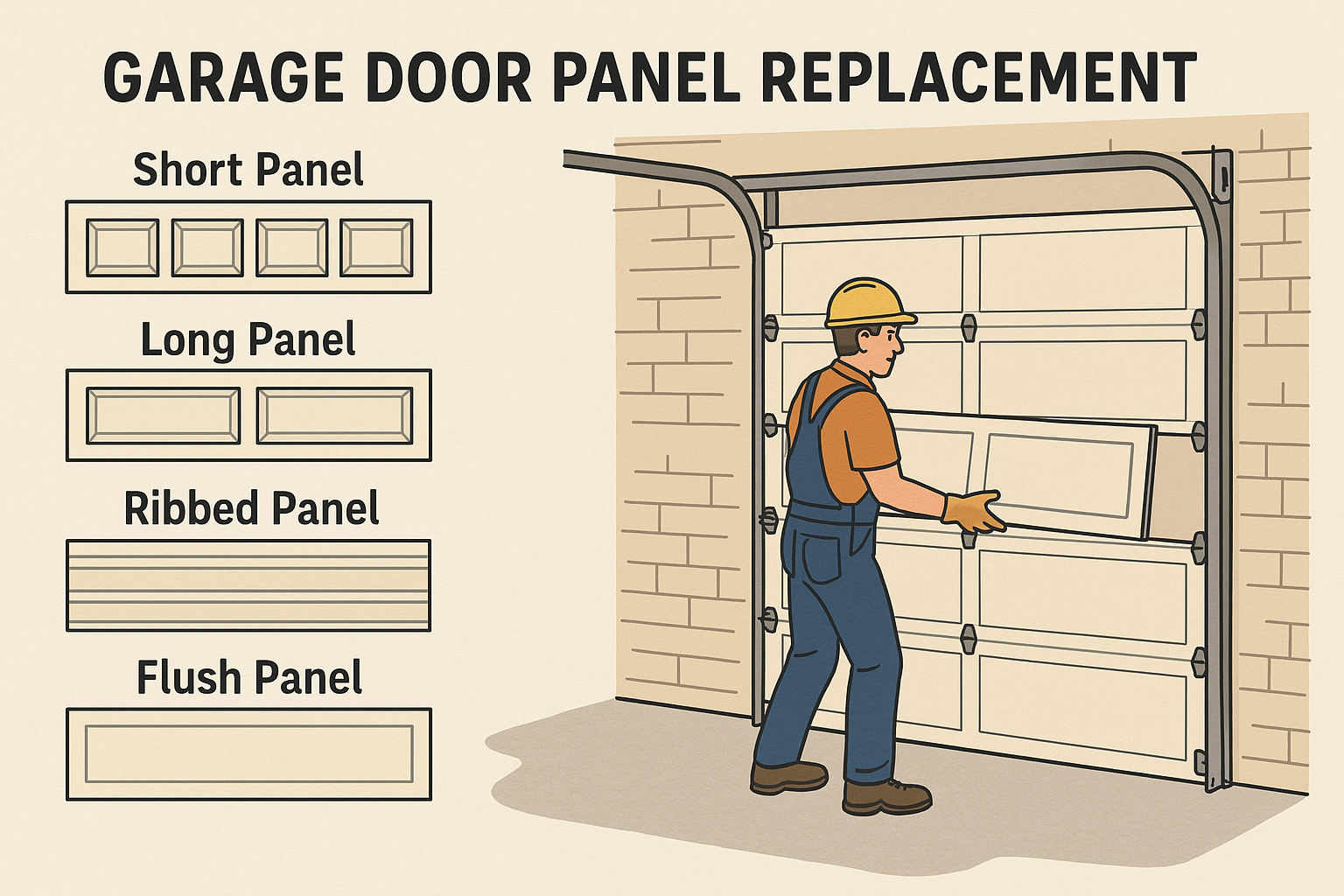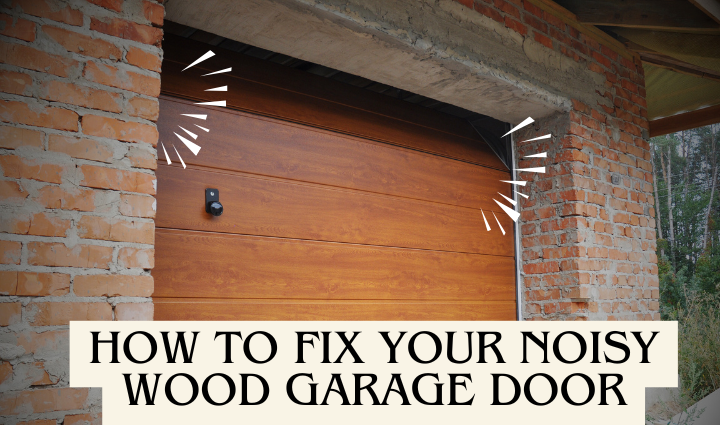Explore our blog for expert garage door tips, and call (904) 724-4401 for service!
Call Us Any Time:

Grace C.
⭐⭐⭐⭐⭐
The absolute most reliable & trusted service company ever! My garage door wouldn’t close one evening, so I called and left a message. Casey returned my call ON A SATURDAY!!! and came the same day, diagnosed the problem & called me to let me know the part was under a lifetime guaranty & to contact the manufacturer & request a replacement part. He also closed the garage door. When the part was delivered, I called the next morning, and they installed the part in 15 min and only charged me for a single service call.

Eric D.
⭐⭐⭐⭐⭐
Superior service! Casey was very quick to answer when I called, incredibly knowledgeable and courteous. Very prompt service. Answered all my questions and got my door adjusted perfectly and the new opener installed quickly. I can’t recommend Casey and First Coast Garage Door enough! Highly recommended! I will be referring all my friends and family. Thank you for the awesome job!

Craig G.
⭐⭐⭐⭐⭐
I had an outstanding experience with First Coast Garage Doors, owned by Casey. From start to finish, Casey's honesty and commitment to quality were evident. His pricing is very fair, offering excellent value for top-notch service. He was incredibly responsive, addressing all my questions and concerns promptly. Moreover, Casey stands by his work, ensuring complete satisfaction. I highly recommend First Coast Garage Doors for anyone in need of reliable and trustworthy garage door services!
Cynthia G.
⭐⭐⭐⭐⭐
Perfect Installation and Superior Product! After much research and bidding, we chose First Coast Garage Doors for our new set of steel, insulated doors. The price was unbelievable. Others who had a similar price were not offering insulated doors - so beware when comparing. Our doors are thick and insulated. The service and follow up was perfect. Casey is the best! Fast delivery of exactly what we wanted. Expert installation. Excellent openers that are so quiet! We are 100% satisfied and cannot recommend highly enough.
Gage M.
⭐⭐⭐⭐⭐
Garage door arm broke off the wall this morning at 7 AM and Casey was able to come out and get the job fixed the same day. He was very friendly to my 4 year old daughter and myself. He diagnosed the problem quickly and efficiently fixed the issue. I would 100% recommend doing business with First Coast Garage Doors! Great communication, on time(same day + Fix), great pricing, friendly service. What more could you ask for? 5/5 Stars!
Rob G.
⭐⭐⭐⭐⭐
Outstanding customer service and great price to completely replace my garage door and all hardware. My garage door actually failed and I could not lift it-Casey put it at the top of his list of calls-secured the door that I wanted and had it installed within 48 hours. I have worked in customer service for 30+ years, and he is truly the epitome of outstanding customer service at a great price. Give Casey a call, you will be very pleased you chose him.
Jeff T.
⭐⭐⭐⭐⭐
I called Casey to fix my elderly in-law's garage door this morning. After troubleshooting on the phone to see if it could be fixed without a service call, he showed up at my in-law's house 20 minutes later. After a quick and very reasonably priced repair, he was done. I can't say enough about how pleased I am with the service and honest of Casey at First Coast Garage Doors. My father in law called him "the magic man." Thanks again Casey
Christine M.
⭐⭐⭐⭐⭐
Hands down the BEST customer service! Friendly, fast and VERY knowledgeable about all things garage. After I got worked over by another company in both price and service, First Coast Garage Doors fixed one of the frustratingly simple things the other company just hadn't bothered to do right. And fixed it first thing in the early morning so I wouldn't even be late for work. If you need garage repairs or replacement, don't hesitate to call Casey and rest assured you won't need to worry about a single thing!
Kimberly G.
⭐⭐⭐⭐⭐
This place is awesome. I called because I was having an issue where my clicker would only open the garage door but not close it. He confirmed it was the sensor and told me over the phone how to fix it. I did what he said and it worked!! I called back to express my thanks and he was so gracious. He could have come out and taken my money but he didn't. He knew it was a quick fix and did something he didn't have to do. You don't find many establishments like this anymore.
Marty L.
⭐⭐⭐⭐⭐
I can't say enough about how great this company is. I live in St. Augustine and my father lives in Jacksonville. I wouldn't call anybody else to fix his garage doors. Haven't found anything Casey can't fix. He is so nice and his prices are very fair. He has never tried to sell my dad something he doesn't need. My dad loves to get a chair and watch Casey work and he is very good with him. Five stars aren't enough.
Nicholas A.
⭐⭐⭐⭐⭐
They did an outstanding job on my garage door. They also squeezed me in, in about two days. I was very impressed with the timing. Had to come back to replace the guide rail and make adjustments. When he did come back I inconveniently had things in the way. I understand they can't touch personal equipment so he had to leave. My sister came home very soon after and instead of making me wait more time he came back to my house to make sure it all got done. Hell of a guy Hell off a company and i highly recommend for garage door service!
Shannon O.
⭐⭐⭐⭐⭐
Casey is the best. Too bad I can’t hire him for all of my household services. He is very quick and efficient. He only charges you for work that actually needs to be completed. A small malfunction with our garage door turned into a huge mess when we tried to force the door up. Casey got it open within an hour of working on it. He also came same day. Our door works better than it ever has. Thank you so so much! Even my dad was impressed and nothing impresses him.
Spence
⭐⭐⭐⭐⭐
Garage belt had nearly snapped on me later in evening. I made a few calls but kept getting answering services and/or poor customer service. Then I called Casey at First Coast Garage Doors...he was very knowledgeable and friendly. He worked around my schedule and came out the next day bright and early with the part he needed. The repair was done fast and professionally. He even did some maintenance on it at no additional cost. I can't recommend these guys enough. Thank you!
Greg K.
⭐⭐⭐⭐⭐
Called FCGD and the owner tried to trouble shoot with me over the phone to try and save me some money, but unfortunately my garage door issues required some professional attention. He was super attentive and he was able to provide same day service. He was prompt, polite, honest, and professional. Replaced my garage door motor and even took the old non-working system with him not to leave me with the inconvenience of discarding the trash. Highly recommend!
Gloria S
⭐⭐⭐⭐⭐
A great friend recommended First Coast Garage Doors when I asked who she contacted. My door would open fine with remote and in-garage opener, but stalled on closing with my remote and only closed if in-garage opener was held down the entire time. I received instructions and an explanation over the phone on how to solve this issue. FREE OF CHARGE. I can't thank you enough! THANK YOU!!! This is an honest company and just wonderful!
Grace C.
⭐⭐⭐⭐⭐
The absolute most reliable & trusted service company ever! My garage door wouldn’t close one evening, so I called and left a message. Casey returned my call ON A SATURDAY!!! and came the same day, diagnosed the problem & called me to let me know the part was under a lifetime guaranty & to contact the manufacturer & request a replacement part. He also closed the garage door. When the part was delivered, I called the next morning, and they installed the part in 15 min and only charged me for a single service call.
Eric D.
⭐⭐⭐⭐⭐
Superior service! Casey was very quick to answer when I called, incredibly knowledgeable and courteous. Very prompt service. Answered all my questions and got my door adjusted perfectly and the new opener installed quickly. I can’t recommend Casey and First Coast Garage Door enough! Highly recommended! I will be referring all my friends and family. Thank you for the awesome job!
Quick Links
Working Hours
- Mon - Fri
- -
- Sat - Sun
- Closed
24-hour emergency







